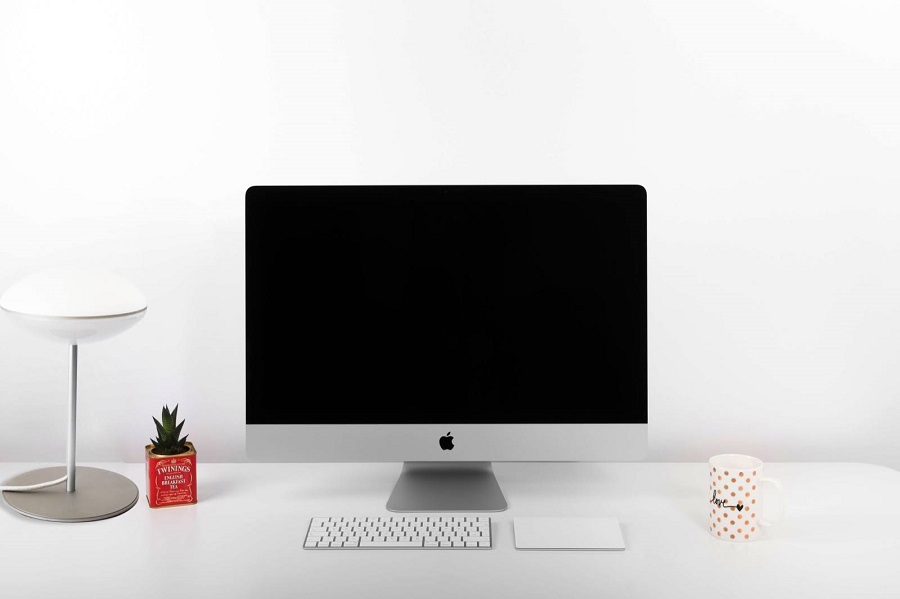At the beginning, we made do with space and technology available, hoping to get back to normal asap. Today and for many of us the “new normality” still remains, so over time better solutions have been arranged in order to work in a healthy and performant environment.
Not everyone has the chance to have an already equipped work space or a free room to turn into a comfortable smartworking station, so we need to reconvert where possible, to create a home space for work. It was not easy, especially in large families, with kids in distance learning, but Italians, so good at making a virtue of necessity, coped with it quite well, at least as you can tell from pics on social media!
However, when home office becomes routine, it is good to pay attention to those details missed in the initial rush, which can affect work well-being, such as the lighting factor.

If for work places, usually the correct lighting is guaranteed by the design techniques of the environment (poor lighting is one of the most frequent complaints in offices!), at home it is not the same.
Let's see some tricks and strategic moves to manage the light and be equipped with a home workstation as good as possible: optimize the diffused light in the room, especially in the monitor/screen area; minimize the contrast between the light of the pixels and around, with a good compromise between image quality and visual resistance over time; a balanced combination of natural and artificial light, direct and indirect light.
Light poits should be well managed too; exploit natural light as much as possible, if you have the possibility, then gradually switch to artificial light; place the desk avoiding the shadows on the work area, put a lamp near the monitor.
For working at home, the ideal lighting setting is a combination of general and accent lighting. For the general one, they recommend an opening of the light beam over 90°, while for the accent one, a light angle of less than 90°.
-In case of video call, avoid to place yourself in front of a window, since it could make the vision unclear and strain the participants’ eyes.
The European standard DIN EN 12464-1 on interior lighting in workplaces provides a minimum light intensity of 500 lx. How can you get this on your desk? Using a bulb of about 1000 lumens. And the temperature should be at least 4000 Kelvin. No glare and flicker. Pay attention to the glare index which that if too high can be Source not only of distraction, but above all of stress, eyestrain and migraines. The choice of LED technology assures you low-flicker lighting.
Essential tip: Time Out-Rest-Break! Don't force your eyes into too prolongued strain; indulge in breaks (excellent idea to have some palming technique moment)
Why choose LED.
We can’t help praising the LED, not only because it’s our first choice for lamps production, but because it also offers many advantages for home working areas: greater efficiency from
the energy point of view and duration over time. Studying good LED lighting will enhance productivity… without increasing the cost of bills! In fact, LED technology let you save up to 70% on energy costs, so no worries about using it for too long.
If you haven't found the right smart working lamp yet, we have some ideas made in Kriladesign: you can choose a table lamp or a suspension lamp from the Playground collection, or opt for the versatile and functional floor lamp ZED or also the portable, rechargeable, super reliable MeMe lamp.
Kriladesign Team is here ready to support you with good advice so you can make the most out of your smartworking time!